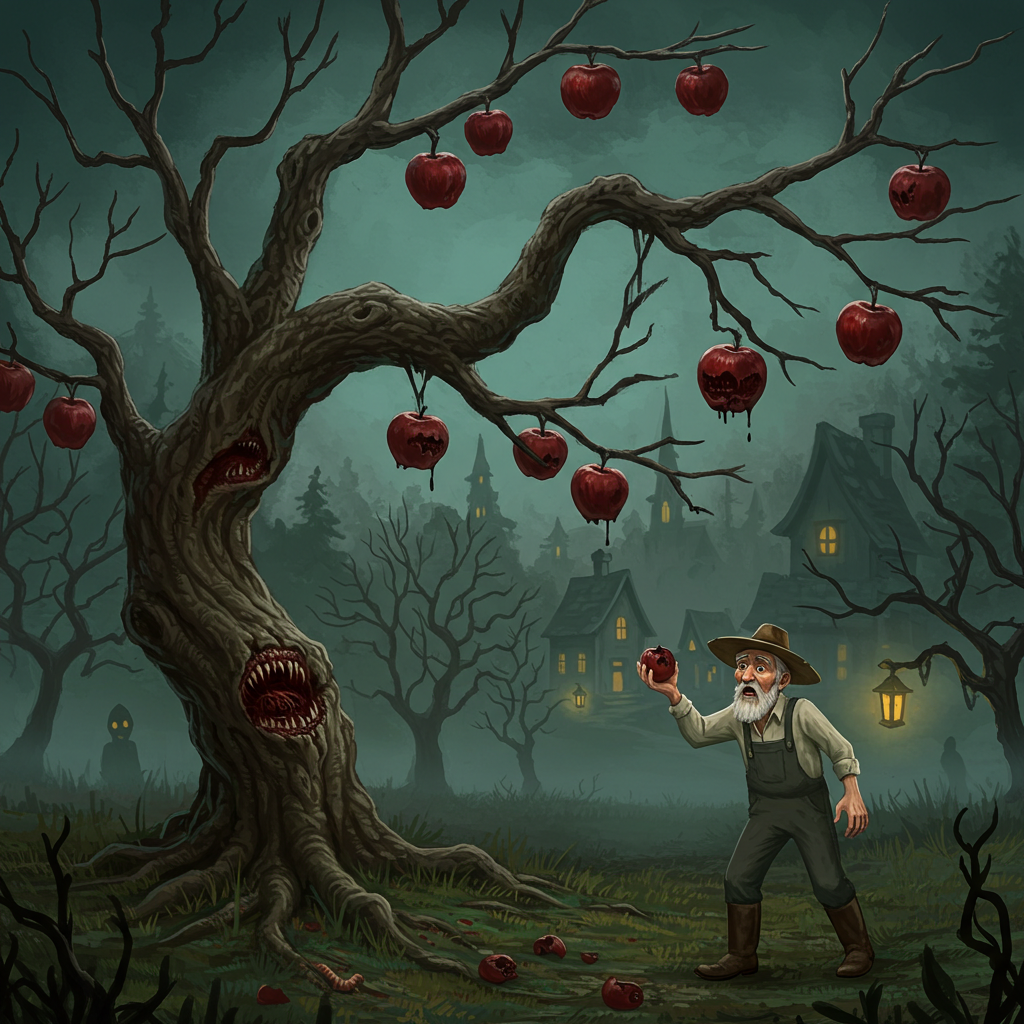In traditional fruit-growing societies, a poor apple harvest was more than just an agricultural setback—it was a dire omen. Small, blemished, or diseased apples were thought to foretell illness, poverty, or other forms of misfortune in the year ahead. Communities that depended heavily on apples for food, drink, and preservation would interpret a weak harvest as nature’s warning. A low yield prompted practical responses such as stockpiling dried goods, preserving more fruit, preparing herbal remedies, and avoiding financial risks. The apple’s versatility made it central to survival: it was eaten fresh, fermented into cider, turned into vinegar for preservation, and used to feed livestock. Thus, apple tree productivity became a symbolic and literal barometer of well-being.

A baby’s future career or fate is predicted by the first object they select during a ceremonial setup.
In several Asian and Eastern European cultures, a traditional ceremony is held for babies usually around their first birthday. Known


